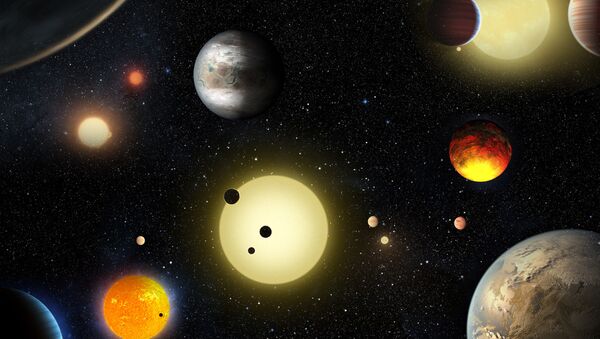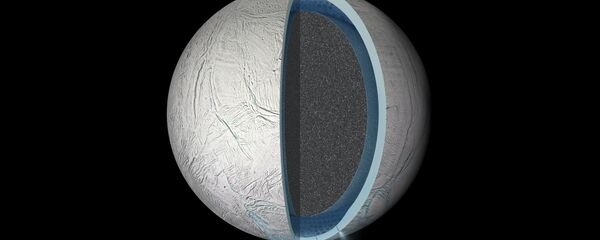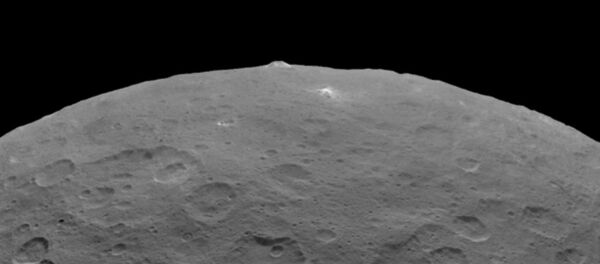Zurbachen referred to recent analyses of Saturn's moon Enceladus by the Cassini space probe, which has discovered that the moon is capable of hosting alien life since there are hydrothermal reactions taking place below its icy surface.
If another probe is able to identify life forms on Enceladus, which are likely to take the form of micro-organisms, scientists will become certain that there must also be life on other planets around the universe that are also home to hydrothermal reactions between water and rock.
"For example, just two weeks ago, NASA's Cassini mission confirmed the presence of hydrogen from plumes on Saturn's moon Enceladus while our Hubble Space Telescope team announced the second observation of possible plumes near the equator of Jupiter's moon Europa. Both discoveries display the potential for life-enabling energy sources in oceans hidden from view under an icy crest, a confirmation of which would be significant to all of NASA," Zurbachen said.
"That's because scientists believe the plumes are spewing from cracks in these moons' icy shells with material indicative of hydrothermal activity on their ocean floor; and we know that within many hydrothermal vents in our deep oceans on Earth, we find life. Scientists are currently debating if life may have originated at locations like these."
The search for Earth-like planets is "one of the greatest questions of our time," an interdisciplinary effort that requires the input of researchers in biology, heliophysics, Earth science, astronomy, planetary science, and astrophysics, the scientist told the US House of Representatives' Committee on Science, Space and Technology.
"While we haven’t found definitive signs of life elsewhere just yet, our search is making remarkable progress and astrobiology is a focus of a growing number of NASA missions."
In addition to new advances in understanding our Solar System, discoveries of exoplanets have increased exponentially since the first confirmed discovery in 1995.
As of April 13, 3,475 exoplanets have been discovered. More than half of them were discovered with NASA's Kepler spacecraft, which launched in 2009. It uses the "transit method" to find planets by tracking changes in brightness as they move in front of their host star and block its light.
In February, scientists observing the TRAPPIST-1 star system with NASA's Spitzer Space Telescope announced the discovery of seven probably rocky Earth-sized planets, three of which might be able to support life.
"With all of this activity related to the search for life, in so many different areas, we are on the verge of one of the most profound discoveries, ever," Zurbachen said.
Never miss a story again — sign up to our Telegram channel and we'll keep you up to speed!



